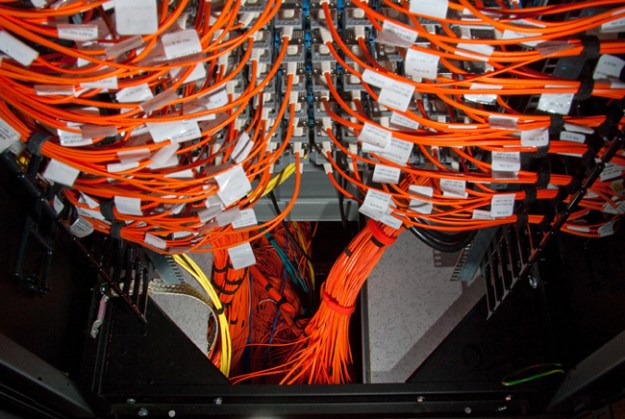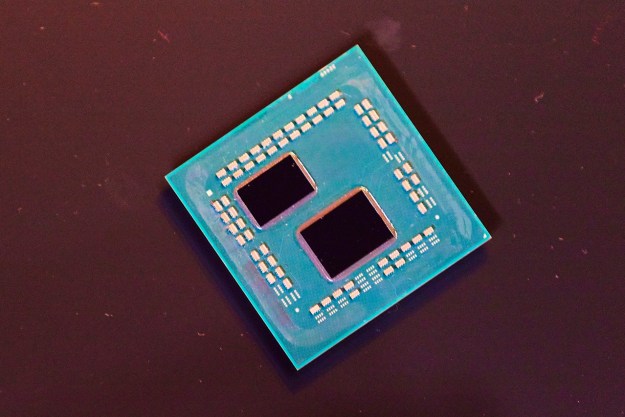
The Los Alamos National Laboratory has pulled the plug on the IBM-built supercomputer Roadrunner after just five years of service as it has become too much of a power hog.
The Roadrunner was the first supercomputer in the world to be able to handle one million billion calculations per second (petaflop). Back in June 2008, it was the fastest supercomputer. Five years later, it still held the number 22 spot on March 31, 2013, the day it was taken offline.
To achieve petaflop computing speeds, IBM combined two kinds of processors into one machine – a strategy that was unheard of at the time. The Roadrunner was powered by 6,563 dual-core processors from AMD, each of which were linked to a special graphics processor (PowerXCell 8i) that was originally designed for the Sony PlayStation 3, but tweaked for scientific computing.
The Roadrunner’s hybrid architecture was revolutionary. “[It] got everyone thinking in new ways about how to build and use a supercomputer,” said Gary Grider from the laboratory’s High Performance Computing Division. “Specialized processors are being included in new ways on new systems, and being used in novel ways. Our demonstration with Roadrunner caused everyone to pay attention.”
Unfortunately, the Roadrunner has become too power inefficient for the lab to keep in commission, especially as newer supercomputers with more computing prowess – and that also require less energy to power – become available. According to Ars Technica, the Roadrunner required 2,345 kilowatts to hit 1.042 petaflops. To give you a sense of how power hungry the Roadrunner has become next to its contemporaries, the supercomputer occupying the twenty-first spot needs just 1,177 kilowatts of power, while the supercomputer ranking in the twenty-third spot has a clock speed of 1.035 petaflops using just 493 kilowatts of power.
Just because the Roadrunner will no longer run nuclear weapons simulations for national security doesn’t mean that it has become completely useless. Scientists at the lab will be studying how the Roadrunner works to inform future supercomputer designs before it is dismantled in about a month. IBM’s Roadrunner will go down in supercomputer history for being the first to reach petaflop speeds and for being a pioneer in processor design. You won’t be forgotten, Roadrunner!
[Image via Los Almos National Laboratory]


